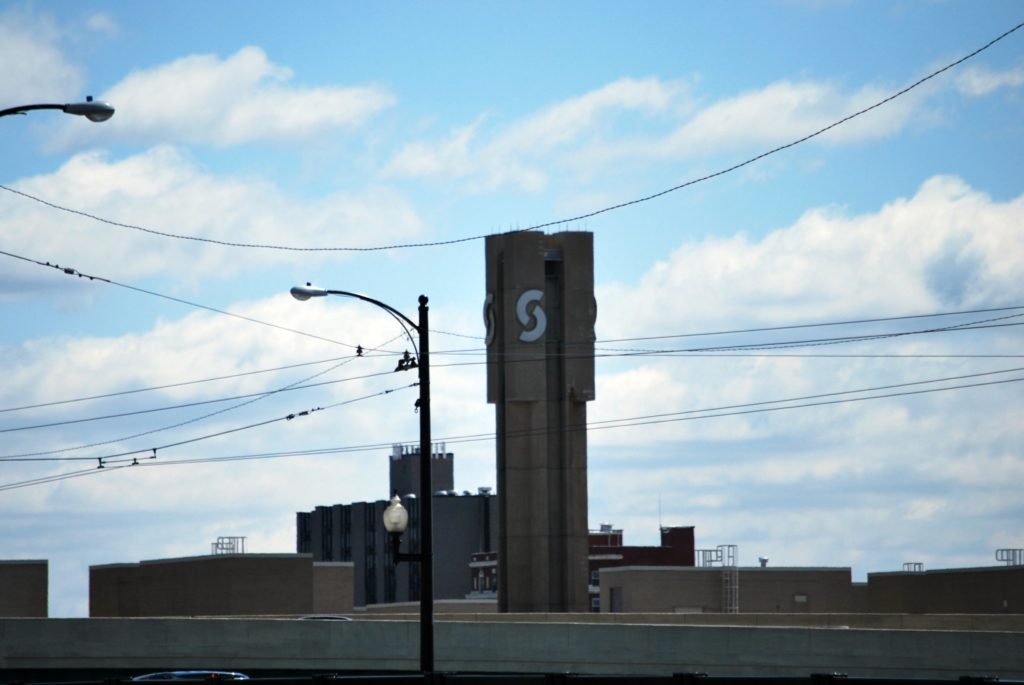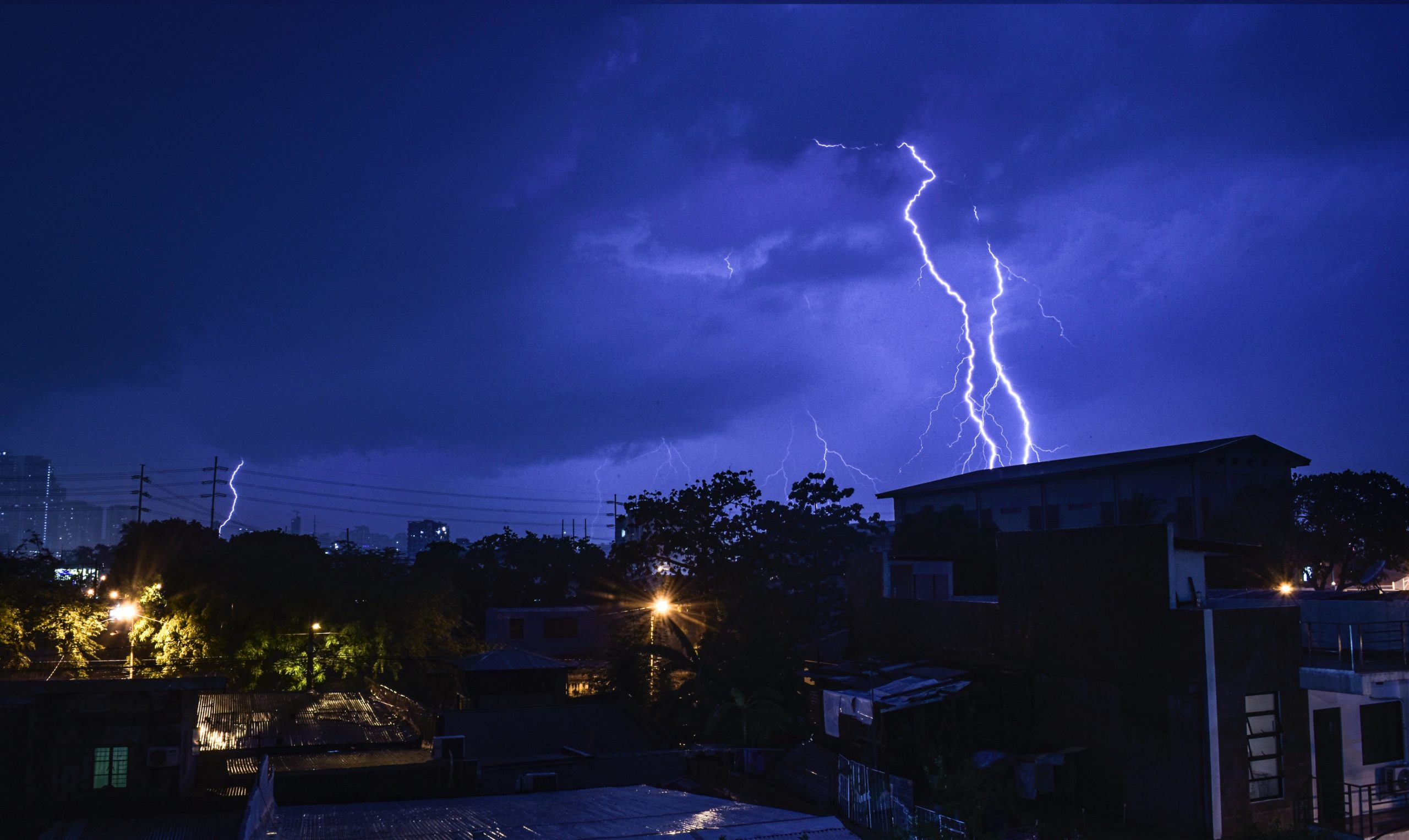Sinclair Community College has been recognized for its StormReady status by the National Weather Service. This is the 10th year in a row that Sinclair has upheld this certification, receiving its first in 2012. The school renews this certification on a three-year basis.
“Achieving StormReady status is another example of Sinclair College developing and executing plans and policies to provide safe environments for students, faculty, and staff at all of our campus locations,” said Sinclair public safety director and police chief, John Huber. “While we can’t prevent severe weather, we can prepare, and this is one of the tools that allow us to do that.”
The National Weather Service’s StormReady program works with various places, such as schools, military bases, and communities in general to ensure that they are prepared for any storms or natural disasters that may come their way and will come out to the locations to inspect the systems they have in place. In order to qualify as being labeled “StormReady,” the following criteria must be met:
- Establish a 24-hour warning point and emergency operations center
- Have more than one way to receive severe weather warnings and forecasts and to alert the public
- Create a system that monitors weather conditions locally
- Promote the importance of public readiness through community seminars
- Develop a formal hazardous weather plan, which includes training severe weather spotters and holding emergency exercises.
“One of the things that’s very important for Sinclair is to emphasize how safe, in many aspects, this campus is,” said Sinclair safety coordinator Mike Kemper. “We want to make sure that, should severe weather hit, that our folks are protected. We always say, ‘we really can’t control the weather, however, we can control the response to our weather.’ If we can provide people with appropriate warnings…that puts everybody in a much safer position.”
Sinclair has met these standards by having a plan in place in the event of storms or weather conditions such as tornadoes, snow, earthquakes, and floods. As Ohio approaches thunderstorm and tornado season especially, these guidelines are important for Sinclair staff and students to become familiar with.
“We appreciate our collaboration with the National Weather Service,” said Kemper.
The Sinclair Police will pay close attention to an upcoming storm if the National Weather Service issues a tornado watch. If Sinclair’s main campus or other buildings appear to be impacted by the approaching storm, the police will immediately alert them to take proper coverage over speakers that can be heard in any room. They have two backup systems in the event that the main one does not work. Weather radios are found in all of Sinclair’s buildings.
Each of the buildings on the main campus has a designated area for people to retreat to if a tornado warning is issued, which is mostly located in the buildings’ basement. The learning centers and other buildings run by Sinclair have shelters as well.

“When you can get below ground, that’s always your safest position in severe weather,” said Kemper. “The Dayton area is certainly not immune from tornadoes.”
The school has signs labeled as “tornado shelters” to help people find a safe spot more quickly in an emergency. If they do not have an underground area to go to, they should move to an inner room away from windows. Sinclair’s guidelines also advise people to hide under large furniture, if possible, for protection and to curl into a position that protects their head and face.
People will be made aware of a warning through the Emergency Broadcast System, which can be activated throughout all of the buildings found on the main campus, except the one on Eaker Street. Sinclair staff at the other locations will be made aware of the emergency by the Sinclair Police. The NIXLE system will also be used to issue weather messages through text and to make people aware of when a storm has passed.
For those interested in receiving text updates about Sinclair’s weather warnings or changes in hours, they can text SINCLAIR to 888777 to receive messages for all of the school’s locations. Information to sign up for locations individually can be found on Sinclair’s website: https://www.sinclair.edu/about/visit/campus-closing-info/
Kemper explained that Sinclair works hard to upkeep its StormReady status and does this through methods such as training for students and staff. Two of these occur at Sinclair’s safety and wellness expos.
“We have a pretty extensive emergency management plan,” said Kemper. “You have to make sure those work. So, we have training scenarios on that and take different parts of the plan.”
The third occurs in December at a free two-hour Storm Spotter program with the National Weather Service (NWS) that trains people to watch for severe weather and allows them to communicate with the local NWS center about the conditions. Staff, students, or even those in the community are always welcome. Information is usually released around October.
Rebekah Davidson
Intern


